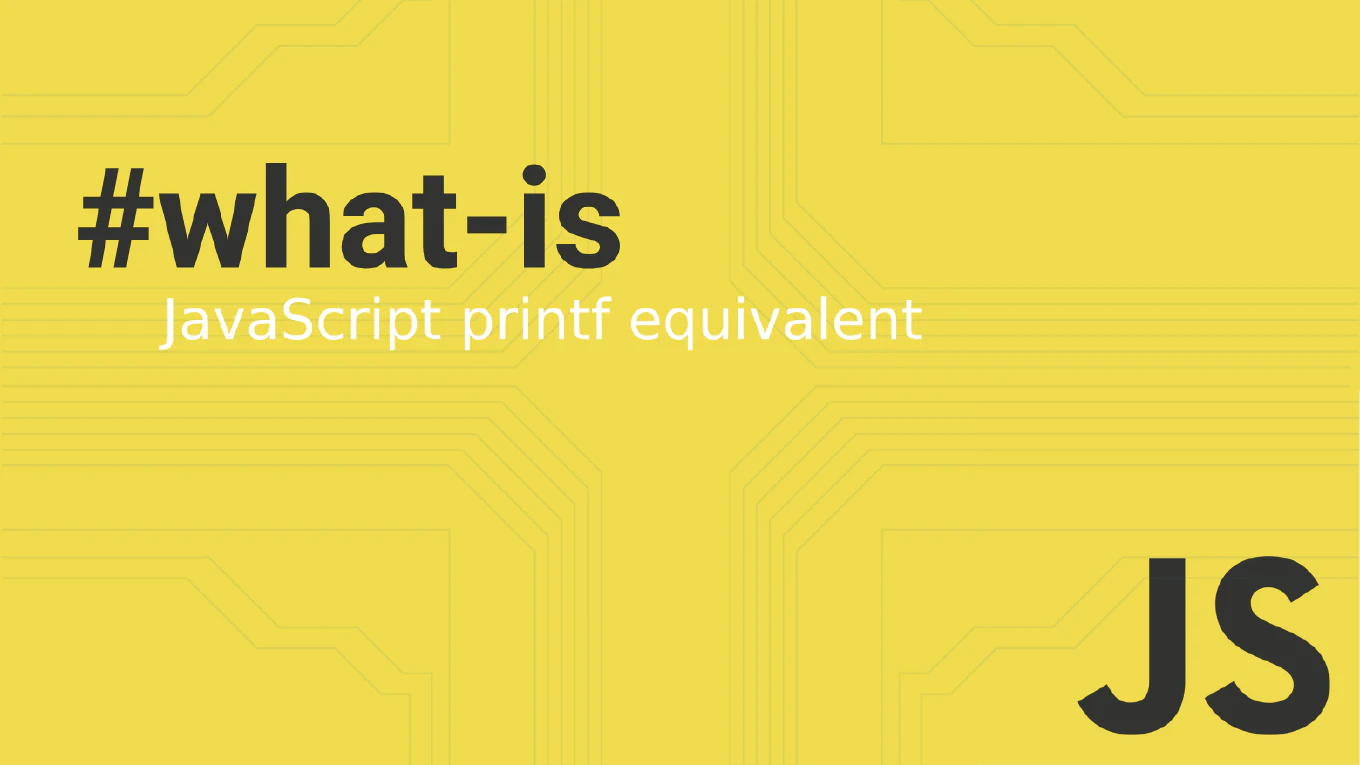How to store JWT in Vue securely
Storing JWT tokens securely in Vue applications is crucial for preventing XSS attacks and maintaining robust authentication security. As the creator of CoreUI with extensive Vue security experience since 2014, I’ve implemented secure token storage in numerous enterprise applications. The most secure approach uses httpOnly cookies for token storage combined with memory-based state management for temporary access. This method prevents JavaScript access to tokens while maintaining seamless authentication flow throughout the application.
How to handle authentication in Vue
Handling authentication in Vue applications requires managing user state, protecting routes, and maintaining login sessions across page reloads. As the creator of CoreUI with extensive Vue development experience since 2014, I’ve implemented authentication systems in numerous production applications using modern Vue patterns. The most effective approach combines Pinia store for state management with Vue Router navigation guards for route protection. This pattern provides centralized authentication logic while ensuring secure access control throughout your application.
How to reset Pinia state
Resetting Pinia state is essential for logout functionality, form resets, and cleaning up application data when switching between user sessions or contexts.
As the creator of CoreUI with extensive Vue development experience since 2014, I’ve implemented state resets in numerous dashboard applications for user logout and data cleanup scenarios.
The most straightforward approach uses Pinia’s built-in $reset() method to restore store state to its initial values.
This method ensures complete state cleanup while maintaining store reactivity and subscriptions.
How to persist Pinia state
Persisting Pinia state ensures your Vue 3 application maintains user data across browser sessions, improving user experience and reducing data loss.
As the creator of CoreUI with extensive Vue development experience since 2014, I’ve implemented state persistence in numerous dashboard applications for user preferences and application settings.
The most effective approach uses the pinia-plugin-persistedstate plugin for automatic state synchronization with localStorage.
This solution provides seamless persistence without manual store management while supporting selective state persistence.
How to create Pinia store modules
Organizing complex applications with multiple Pinia store modules improves code maintainability and separation of concerns. As the creator of CoreUI with extensive Vue development experience since 2014, I’ve structured numerous large-scale applications using modular store architecture. Each store module should handle a specific domain or feature area, such as authentication, user data, or application settings. This approach creates a scalable architecture that’s easy to test, maintain, and understand across development teams.
How to use Pinia store in Vue 3
Pinia is the official state management solution for Vue 3, replacing Vuex with a more intuitive and TypeScript-friendly API. As the creator of CoreUI with extensive Vue development experience since 2014, I’ve migrated numerous applications from Vuex to Pinia for better developer experience. The setup involves creating a store with defineStore and using it within components through direct property access. Pinia provides excellent TypeScript support and eliminates the verbosity of traditional Vuex mutations.
How to reset Vuex state
Resetting Vuex state is essential for user logout, form clearing, and returning the application to its initial state. As the creator of CoreUI with 25 years of development experience, I’ve implemented state reset functionality in numerous Vue.js enterprise applications. The most effective approach creates a dedicated reset mutation that restores state to initial values using a stored reference. This method ensures clean state management while maintaining predictable application behavior.
How to persist Vuex state
Persisting Vuex state ensures your application maintains user data and preferences across browser sessions and page reloads. As the creator of CoreUI with 25 years of development experience, I’ve implemented state persistence in numerous Vue.js enterprise applications. The most reliable approach uses the vuex-persistedstate plugin combined with localStorage for automatic state hydration and persistence. This method provides seamless user experience while maintaining application performance.
How to reset Vuex state
Resetting Vuex state to initial values is essential for scenarios like user logout, form clearing, and application state cleanup in Vue applications. As the creator of CoreUI with over 25 years of development experience, I’ve implemented state reset functionality across numerous enterprise Vue applications. The most effective approach is storing the initial state and creating a mutation that restores all or specific parts of the state. This provides clean state management with proper separation of concerns and maintains predictable application behavior.
How to persist Vuex state
Persisting Vuex state ensures that application data survives browser refreshes and maintains user experience across sessions in Vue applications. With over 25 years of experience building complex applications and as the creator of CoreUI, I’ve implemented state persistence for numerous production Vue applications. The most effective approach is using Vuex plugins with localStorage or sessionStorage to automatically save and restore state data. This provides seamless data persistence with configurable storage options and proper error handling for different browser environments.



